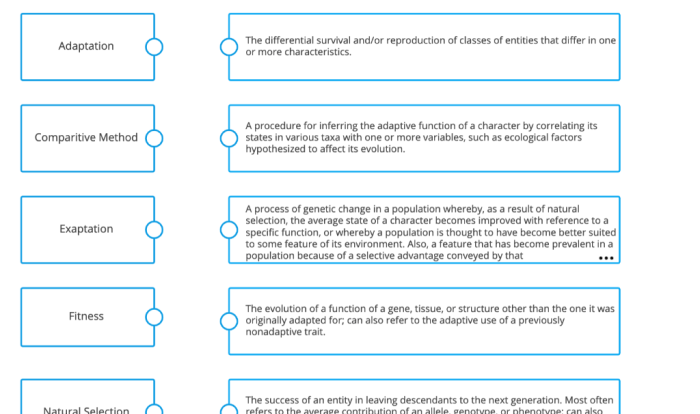Practice and homework lesson 12.5 answer key – Embark on an educational journey with our comprehensive answer key for Practice and Homework Lesson 12.5. This meticulously crafted guide unravels the intricacies of the lesson’s concepts, providing clarity and reinforcing understanding. Immerse yourself in a structured and engaging exploration that empowers you to master the lesson’s content.
Our answer key is meticulously organized, presenting key concepts, practical applications, and essential terminologies in a cohesive manner. Navigate through the lesson’s topics with ease, gaining a deeper comprehension of each section. Prepare to excel in your studies with our authoritative and comprehensive guide.
Practice and Homework Lesson 12.5: Overview
Practice and Homework Lesson 12.5 aims to enhance students’ understanding of key concepts related to probability and statistics. The lesson covers topics such as probability distributions, expected value, and variance.
The main goal of this lesson is to provide students with the necessary knowledge and skills to analyze and interpret data, make informed decisions, and solve problems involving probability and statistics.
Content Analysis
Probability Distributions
A probability distribution is a mathematical function that describes the likelihood of different outcomes in a random experiment. The lesson introduces students to various types of probability distributions, including the binomial distribution, the normal distribution, and the Poisson distribution.
Expected Value
Expected value, also known as mean, is a measure of the central tendency of a probability distribution. The lesson explains how to calculate expected value and its significance in decision-making.
Variance
Variance is a measure of the spread or dispersion of a probability distribution. The lesson covers the formula for calculating variance and its role in understanding the variability of data.
Examples and Applications
Real-World Examples, Practice and homework lesson 12.5 answer key
- Using the binomial distribution to model the number of defective items in a batch of products
- Applying the normal distribution to predict the average height of students in a population
- Utilizing the Poisson distribution to analyze the frequency of accidents at a particular intersection
Practical Applications
- Making informed decisions based on expected value calculations
- Assessing the risk and uncertainty associated with random events
- Improving quality control and reducing defects through probability analysis
Methods and Procedures
Calculating Expected Value
- List all possible outcomes and their probabilities
- Multiply each outcome by its probability
- Sum the products from step 2
Calculating Variance
- Calculate the expected value (mean)
- For each outcome, calculate the squared deviation from the mean
- Multiply each squared deviation by its probability
- Sum the products from step 3
Key Terms and Concepts: Practice And Homework Lesson 12.5 Answer Key
- Probability distribution
- Binomial distribution
- Normal distribution
- Poisson distribution
- Expected value
- Mean
- Variance
- Random variable
Essential Questionnaire
What is the purpose of Practice and Homework Lesson 12.5?
Practice and Homework Lesson 12.5 aims to reinforce key concepts covered in the lesson, providing additional practice and opportunities to apply the knowledge gained.
How is the answer key structured?
The answer key is organized into logical sections, mirroring the structure of the lesson. Each section provides concise answers, explanations, and examples.
Can I use the answer key to study for tests?
Yes, the answer key can be a valuable study tool. By reviewing the answers and explanations, you can reinforce your understanding and identify areas where you may need further practice.

